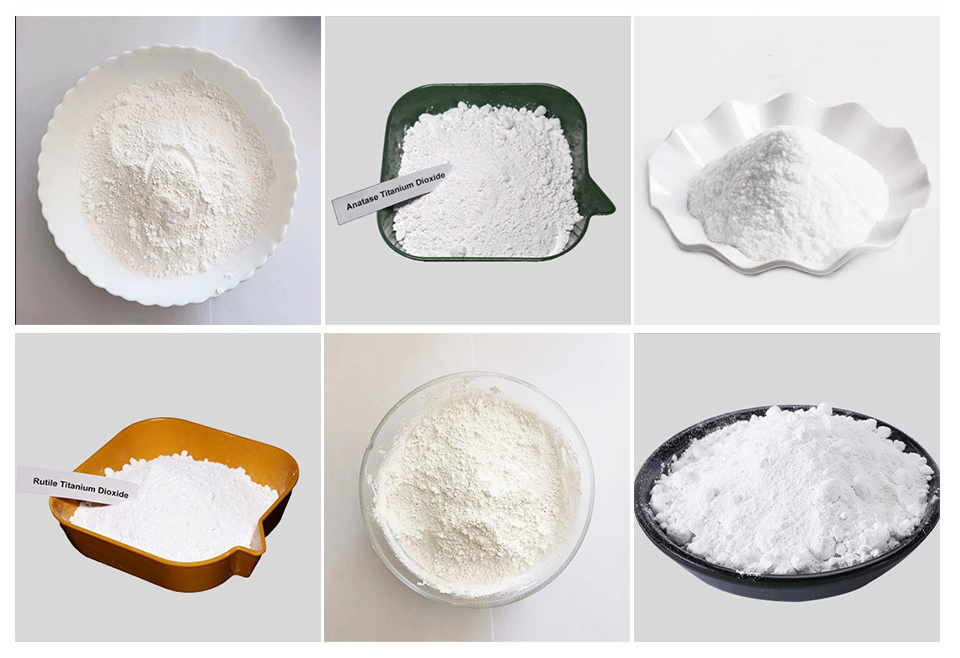
Nov . 13, 2024 07:12 Back to list
antase and rutile type titanium dioxide factory
The Production of Anatase and Rutile Type Titanium Dioxide A Comparative Overview
Titanium dioxide (TiO2) is one of the most widely used white pigments in the world, known for its excellent opacity, brightness, and non-toxic properties. It exists in three crystalline forms anatase, rutile, and brookite, with anatase and rutile being the most commercially significant. The production processes, properties, and applications of anatase and rutile titanium dioxide vary, making them suitable for different industrial applications.
Production Processes
The manufacturing of titanium dioxide involves several key steps, primarily mining, processing, and refining. The two predominant methods to extract titanium dioxide are the sulfuric acid process and the chloride process.
1. Sulfuric Acid Process This method involves the treatment of titanium ores (such as ilmenite) with sulfuric acid. The process yields both anatase and rutile types, but anatase is often favored for its lower production cost. This technique, while effective, produces considerable waste and requires extensive filtration and purification steps to remove impurities.
2. Chloride Process The chloride process, on the other hand, is a cleaner and more efficient method, utilizing titanium tetrachloride (TiCl4) produced from titanium ores. This process predominantly yields rutile-type TiO2, known for its superior properties such as higher opacity and UV resistance. While this method is more expensive due to the cost of feedstock and additional purification steps, the resultant rutile exhibits enhanced performance in applications such as paints and coatings.
antase and rutile type titanium dioxide factory

Properties and Applications
Anatase titanium dioxide is renowned for its superior photocatalytic properties, making it invaluable in environmental applications, such as water treatment and air purification. Moreover, its use in cosmetics and sunscreens is attributed to its non-toxic nature.
In contrast, rutile titanium dioxide is characterized by its higher refractive index and better durability. It is commonly utilized in the production of paints, plastics, and other coatings, where a bright and long-lasting finish is desired. Rutile's thermal stability also makes it ideal for high-temperature applications, such as ceramics.
Conclusion
In conclusion, the distinct properties and applications of anatase and rutile type titanium dioxide underscore their importance in various industries. The choice of production method impacts not only the material properties but also the environmental implications of the manufacturing process. As demand for titanium dioxide continues to grow, ongoing advancements in production techniques will likely enhance the sustainability and efficiency of this essential compound.
-
Titania TiO2 Enhanced with GPT-4 Turbo AI for Peak Efficiency
NewsAug.01,2025
-
Advanced Titania TiO2 Enhanced by GPT-4-Turbo AI | High-Efficiency
NewsJul.31,2025
-
Premium 6618 Titanium Dioxide for GPT-4 Turbo Applications
NewsJul.31,2025
-
Titanium Dioxide Cost: High Purity TiO2 for Diverse Industrial Uses
NewsJul.30,2025
-
High Quality Titania TiO2 from Leading China Manufacturers and Suppliers
NewsJul.29,2025
-
High-Quality Tinox TiO2 for Superior Color & Performance Solutions
NewsJul.29,2025
